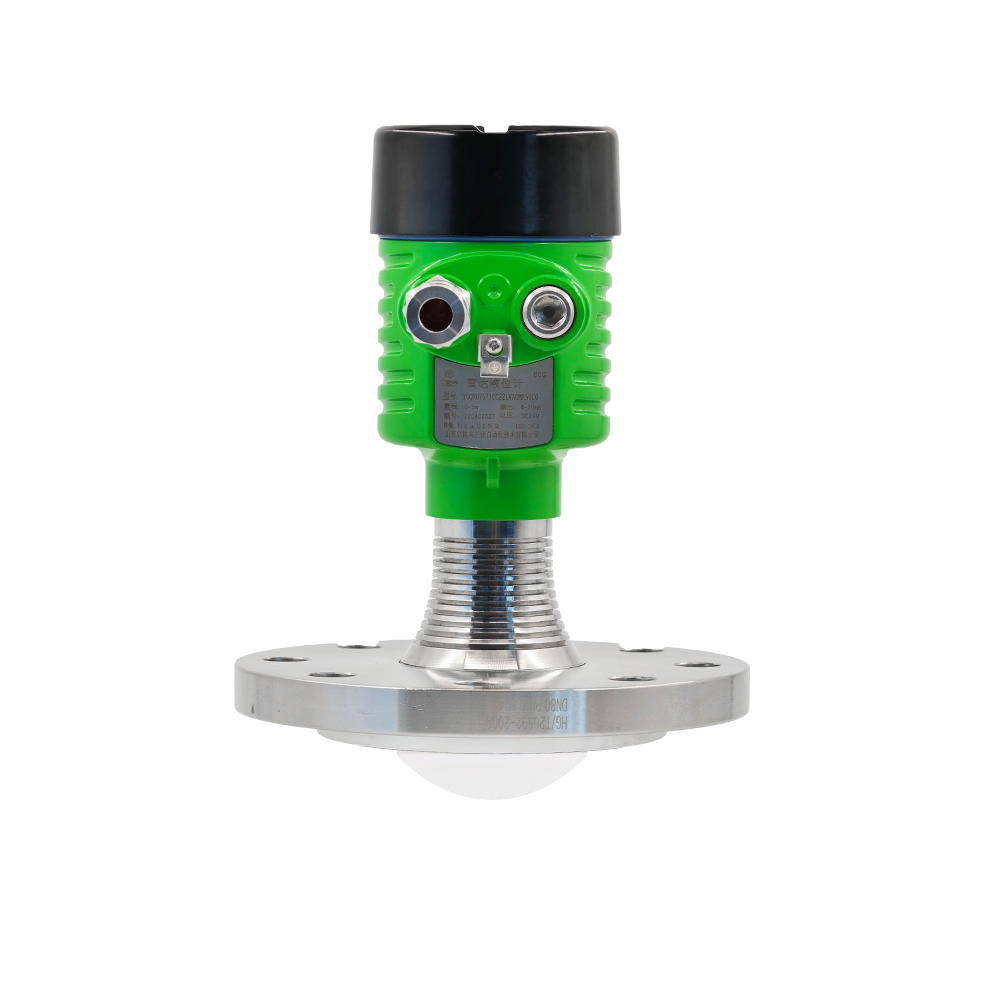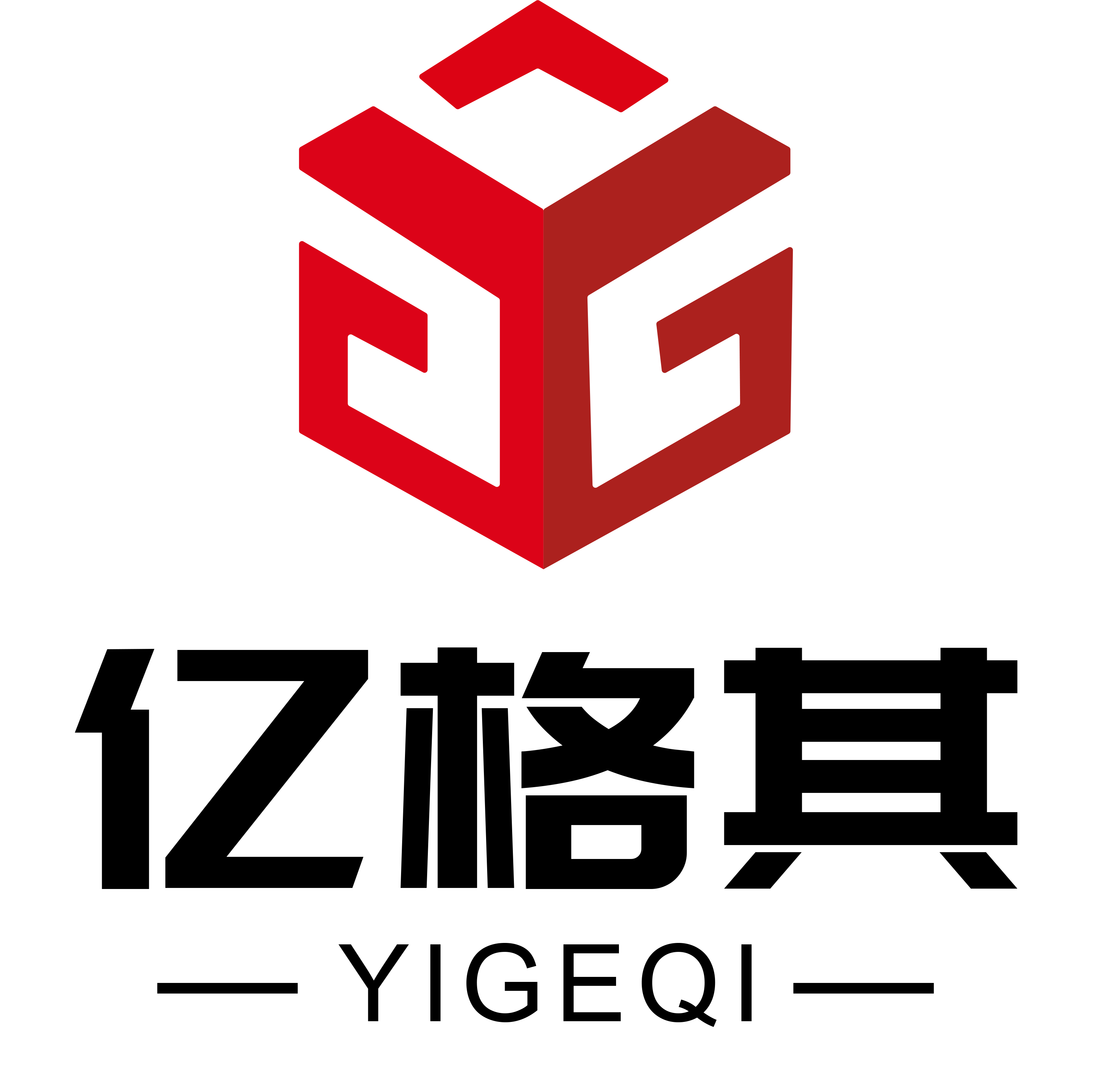In the energy, chemical, and urban gas sectors, the safe and efficient storage and management of liquefied petroleum gas (LPG) have become a critical focus. With the gradual maturity and wide application of high precision radar level meter technology, this industry has ushered in a new breakthrough in measurement technology, which provides a solid guarantee for accurate measurement and safe operation of liquefied gas storage tank.

Liquefied gas, primarily composed of propane and butane, is stored in pressurized tanks as a liquid at room temperature. Its low dielectric constant (typically between 1.5 and 2.0) and tendency to boil over present significant challenges for conventional measurement methods. Traditional level measurement instruments such as float-type and capacitive types have historically faced issues: mechanical components either jammed or malfunctioned during operation, while dielectric constant fluctuations caused measurement errors. These problems not only compromised inventory management accuracy but also created potential safety hazards.
The key to successful radar level measurement lies in addressing the challenge of weak signal reflection from dielectric media with low permittivity. High-frequency radars (typically 26GHz or 80GHz) feature narrower beam angles and higher energy concentration, enabling effective capture of faint signals reflected from smooth liquid surfaces in liquefied gas. Furthermore, advanced signal processing algorithms intelligently filter out false echoes caused by tank structures, delivering stable and accurate level data.
Core Advantages: Safety, Efficiency, Intelligence
1. Significantly Enhanced Safety: The radar level gauge features fully enclosed, explosion-proof design. Its non-contact antenna eliminates direct contact with liquefied gas, effectively preventing leakage risks. With no mechanical moving parts or spark generation, it fully complies with the intrinsic safety requirements for liquefied gas storage tanks.
2. Exceptional Measurement Precision: Unaffected by temperature variations, pressure fluctuations, or vapor accumulation layers in liquefied gas, it achieves millimeter-level accuracy. This precision is crucial for accurate inventory calculations, trade handover verification, and control of "rolling" phenomena.
3. Substantial Maintenance Cost Reduction: The instrument requires minimal installation and maintenance. Compared to mechanical instruments needing regular inspections and replacements, it significantly reduces long-term operational costs and downtime risks.
With the rapid development of the industrial Internet of Things, high-precision radar level meters, as the "smart eye" of storage tanks, will be deeply integrated with cloud computing, big data analysis and other technologies, promoting the liquefied gas and the entire process industrial storage management to a new stage of safer, more efficient and intelligent.


